WORLD WAR II FROM A TO Z
Panzers attacked in France and began their drive
Through the Ardennes, the English Channel their goal
In grave peril, would the allied force survive
Trapped along the coast, the allies lost control
Evacuate Dunkirk, find the men alive
Get them out quickly, war was taking its toll
Citizens their boats they were honored to tender
Winston Churchill said “We shall never surrender.”“We shall not flag or fail. We shall go on to the end. We shall fight in France, we shall fight on the seas and oceans, we shall fight with growing confidence and growing strength in the air, we shall defend our island, whatever the cost may be, we shall fight on the beaches, we shall fight on the landing grounds, we shall fight in the fields and in the streets, we shall fight in the hills; we shall never surrender.”
― Winston S. Churchill
The Dunkirk Evacuation
Code Name Operation Dynamo
Miracle of Dunkirk
Each of these names refer to the evacuation of Allied soldiers from the beaches and harbor of Dunkirk, France, between 27 May and 4 June 1940. In the Battle of France during the second world war, large numbers of British, French and Belgian troops were cut off and surrounded by the German army. Since it was 1940, the United States had not entered the war yet. British Prime Minister, Winston Churchill spoke before the House of Commons on June 4th and called the events in France “a colossal military disaster”, saying that “the whole root and core and brain of the British Army” had been stranded at Dunkirk and seemed about to perish or be captured. In his We shall fight on the beaches speech, he hailed their rescue as a “miracle of deliverance.” Here is an excerpt from the speech. There are several versions on YouTube where you can find audio of the entire speech.
.
Overview
- September 1939, the Second World War began when Nazi Germany invaded Poland.
- The British Expeditionary Force (BEF) was sent to aid in the defense of France.
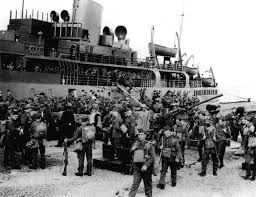
Leading elements of the BEF arrive in France, September 1939 (above). Following the German invasion of Poland in 1939,
- Germany invaded Belgium and the Netherlands on 10 May 1940.
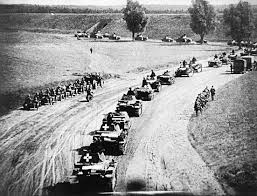
On 10 May 1940 Germany begin their attacks on Western Europe – Holland, Belgium, Luxemburg and France
- Three of the Nazi Panzer corps (Tanks) attacked France through the Ardennes and rapidly drove to the English Channel.

The Panzers reach the sea. In 10 days they have traveled 200 miles from the German border to the English Channel.
- By 21 May, the German forces had trapped the BEF, the remains of the Belgian forces, and three French armies in an area along the northern coast of France.
- Commander of the BEF General John Vereker, 6th Viscount Gort, immediately saw that evacuation across the Channel was the best course of action, and began planning a withdrawal to Dunkirk, the closest location with good port facilities.
- On 22 May 1940, a Halt Order was issued by the German High Command, with Adolf Hitler’s approval.
- This halt order gave the trapped Allied forces time to construct defensive works and pull back large numbers of troops toward Dunkirk, to fight the Battle of Dunkirk.
- From 28–31 May 1940, in the Siege of Lille, the remaining 40,000 men of the once-formidable French First Army fought a delaying action against seven German divisions, including three armored divisions.
| Date | Evacuated from beaches |
Evacuated from Dunkirk Harbour |
Total |
|---|---|---|---|
| 27 May | – | 7,669 | 7,669 |
| 28 May | 5,390 | 11,874 | 17,804 |
| 29 May | 13,752 | 33,558 | 47,310 |
| 30 May | 29,512 | 24,311 | 53,823 |
| 31 May | 22,942 | 45,072 | 68,014 |
| 1 June | 17,348 | 47,081 | 64,429 |
| 2 June | 6,695 | 19,561 | 26,256 |
| 3 June | 1,870 | 24,876 | 26,746 |
| 4 June | 622 | 25,553 | 26,175 |
| Totals | 98,671 | 239,555 | 338,226 |
Source: http://en.wikipedia.org/wiki/Dunkirk_evacuation
As you can see by the chart above, on the first day only 7,669 men were evacuated, but by the ninth day, a total of 338,226 soldiers had been rescued by a hastily assembled fleet of over 800 boats. Many of the troops were able to embark from the harbor’s protective mole onto 39 British destroyers and other large ships, while others had to wade out from the beaches, waiting for hours in the shoulder-deep water. Some were ferried from the beaches to the larger ships by the famous little ships of Dunkirk, a flotilla of hundreds of merchant marine boats, fishing boats, pleasure craft, and lifeboats called into service for the emergency. The BEF lost 68,000 soldiers during the French campaign and had to abandon nearly all of their tanks, vehicles, and other equipment. In his speech to the House of Commons on 4 June, Churchill reminded the country that
“we must be very careful not to assign to this deliverance the attributes of a victory. Wars are not won by evacuations.”
The events at Dunkirk remain a prominent memory in the United Kingdom.
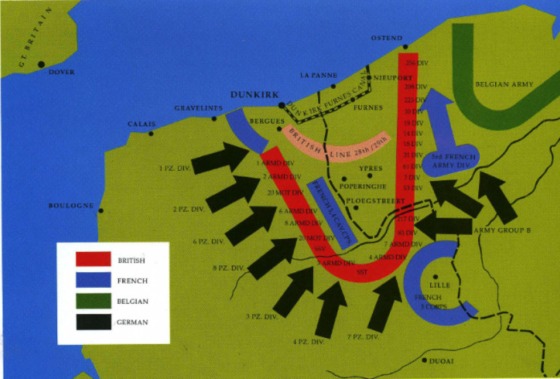
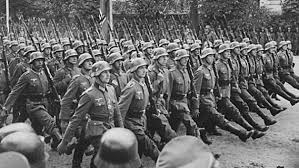



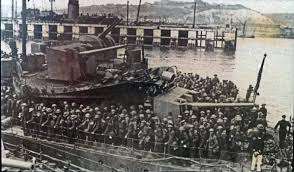
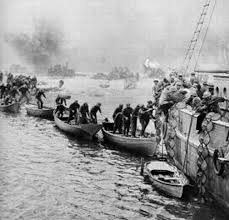
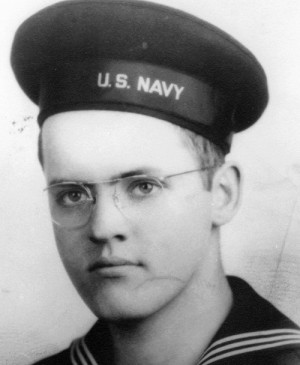 Check out my other blog
Check out my other blog I'M PUBLISHED
I'M PUBLISHED I'm Published Again
I'm Published Again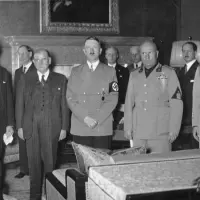

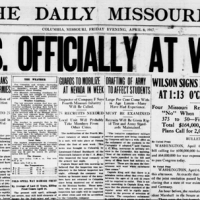
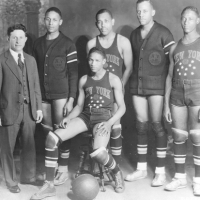

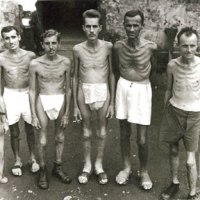
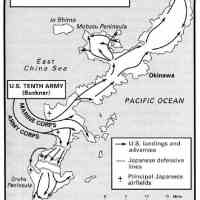

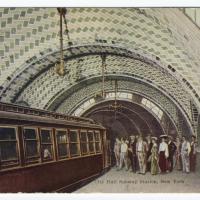
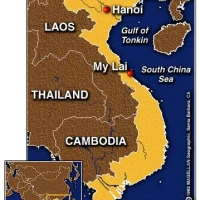
You are going to publish all these pieces in a book, right? Some great title, like World War 11 from A to Z. You can do versions targeted for age appropriate audiences in the school systems and beyond. All this work needs to be marketed and shared.
LikeLike
Thanks but it is too heavily dependent on the research work of others. I find information, abstract, paraphrase etc and look for photographs to enhance which are also not my photographs but most of the time I try to employ the usage rights filters. Just a hobby of which I don’t expect income. I did have a short story published in an Anthology recently and it was WW2 related and I received my first royalty income $4 😜
LikeLike
Churchill was one of my dad’s favourite people ever. he read and reread his books which I have. Dunkirk was horrible but at least they got off. I was wondering if you would do Dunkirk or Dieppe which was a major defeat. You really give a great play by play and one in a way a simple person, like me, can understand
LikeLike
Thank you. Yes Churchill was amazing.
LikeLike
I love your theme; I’m fascinated by WW2. I just love the fact that even pleasure boats and fishing boats were involved in the evacuation. It’s just amazing how much everyone pulled together and did what needed to be done.
LikeLike
I think deep down even though people will generally look out for number 1, there is a help my fellow man spirit that comes out in tough times.
LikeLike
Thanks for sharing all the pictures. And those statistics! It’s incredible how many people they were able to evacuate.
LikeLike
I think the way non military people with boats that stepped up and help was amazing. I guess without this evacuation, England would have had to surrender to Germany.
LikeLiked by 1 person
The history of Dunkirk alone is amazing. Many more men could have died. There were several elements that made this evacuation a true miracle – boys from a nearby school held the german tanks at bay (giving wounded soldiers time for retreat to the beaches), boats of all sizes came from England to help ferry the” boys” across the channel, fog rolled in to stop the massive strafing efforts by the german aircorps.
LikeLike
So true. I wish there was time is primary school for indepth studies of certain periods in history. Stories like Dunkirk would have may history come alive for me in school.
LikeLike
Another fascinating post, even though knew a fair bit about Dunkirk. My father’s family had colliers back then and some would have been involved.
LikeLike